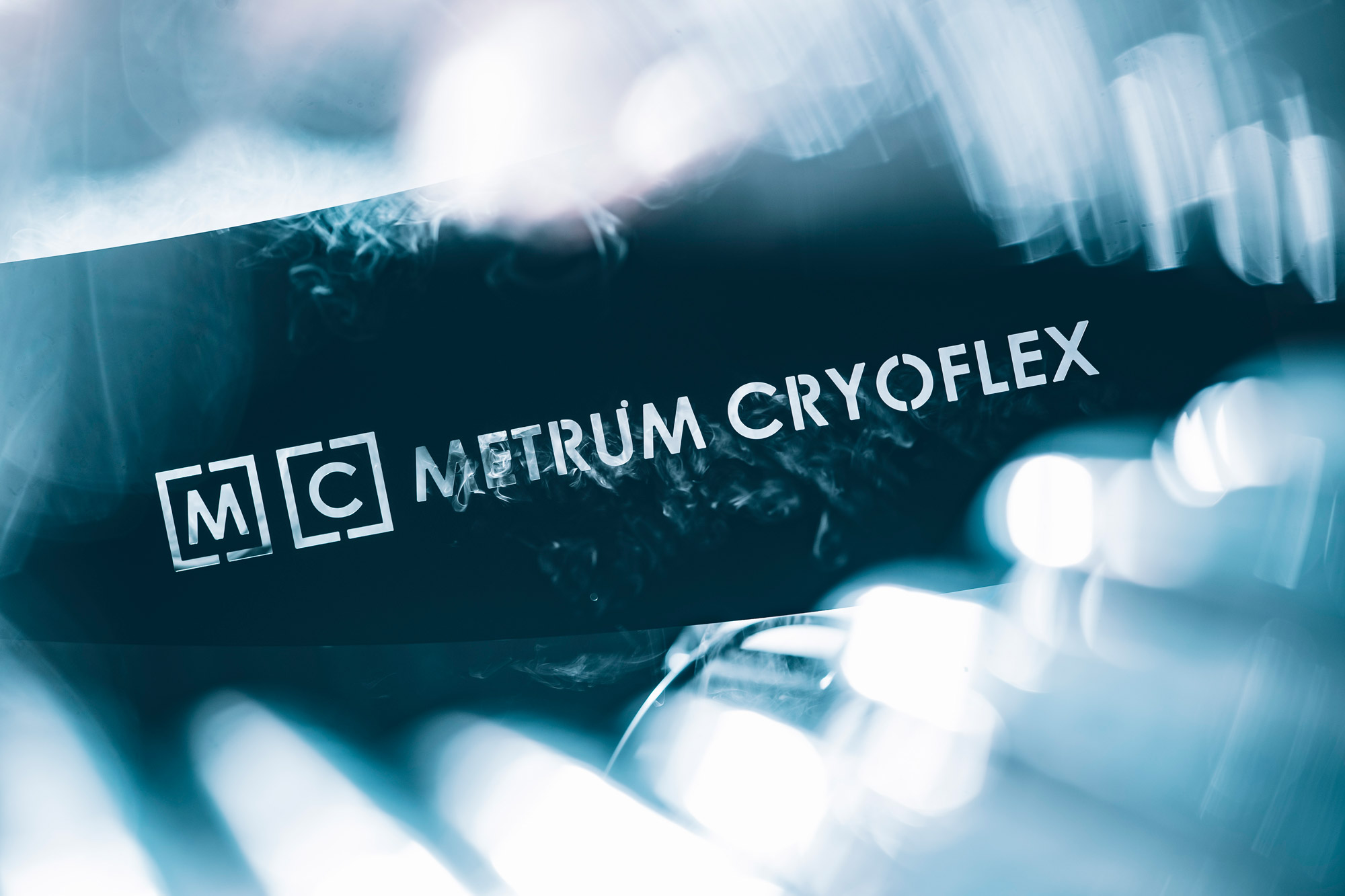Modern medicine is a field that is constantly evolving and uses cutting-edge technologies to improve the quality of life of patients and increase the effectiveness of treatment. One of the most important developments in the field of medical technology is the use of lasers, which have become an invaluable tool in diagnostics, therapy and surgery. Let's follow a brief historical outline and the beginnings of lasers in medicine.
History of lasers in medicine
The beginnings of the use of lasers in medicine date back to the 60s of the twentieth century. Charles Campbell was one of the first physicians to use lasers in medical practice. His breakthrough achievement was the use of a laser to surgically remove opacity of the eye lens, which opened up new possibilities in ophthalmology. As a result, patients could enjoy improved eyesight. This event is considered to be the first effective case of laser use in medicine. In the 1960s and 1970s, the development of medical laser technology began. Experiments were made with different types of lasers, such as argon and carbon dioxide lasers. At the same time, the first applications of lasers in dermatology appeared, especially for the treatment of scars and discoloration. The 1980s and 1990s brought a further development of laser applications in medicine. Laser therapy has been used in vascular surgery to remove vascular lesions, in dentistry to treat gum diseases and tartar removal, and in oncology to treat cancer. Lasers made it possible to precisely cut and coagulate tissues, which significantly shortened the time of surgery and minimized bleeding. Over the course of the 21st century, more and more advanced laser technologies in medicine have been developed. They have been used in refractive surgeries such as LASIK, which correct vision defects. Diode lasers have also appeared, which have been used in aesthetic medicine, in the treatment of acne and hair removal.
Today, laser therapy is widely used in many fields of medicine, from cardiology and plastic surgery to dermatology and gynecology. The development of lasers in medicine would not have been possible without the cooperation of scientists, engineers and doctors who worked to improve these technologies. They have made laser therapy an integral part of healthcare and continue to evolve, providing doctors with increasingly precise tools and patients with increasingly effective and less invasive treatments.
Application of Lasers in Medicine
Currently, lasers are used in many medical fields. The most important are:
- Laser therapy: Laser therapy uses concentrated laser radiation to stimulate tissue regeneration processes. It is used to treat inflammation, pain, muscle damage, and even in pain therapy.
- Anti-cancer laser therapy: Lasers are used to destroy tumors and reduce the symptoms of cancer. Laser therapy is non-invasive, and accurate focusing of radiation allows to minimize damage to healthy tissues.
- Laser surgery: Laser surgical tools enable precise cutting and coagulation of tissues. Surgeons use lasers in surgical procedures related to the eye, skin, circulatory system, as well as in neurosurgery.
- Laser therapy in dermatology: Lasers are effective in treating scars, discoloration, wrinkles and acne. They improve the texture of the skin and allow you to achieve a younger appearance.
- Laser therapy in dentistry: In dentistry, lasers are used to treat gum disease, remove tartar, whiten teeth, and in oral surgery.
The future, not so distant at all
The applications of lasers in medicine continue to develop. Technologies that are currently being studied allow lasers to be used to deliver drugs to exactly the right place in the body, which could revolutionize cancer therapies. In addition, more precise and smaller surgical instruments are being developed to enable even more accurate operations.
The conclusion is clear: laser technologies have changed the face of medicine and continue to introduce new possibilities. They allow patients to enjoy more effective and less invasive treatments, and the future promises even more innovation in the medical field.

